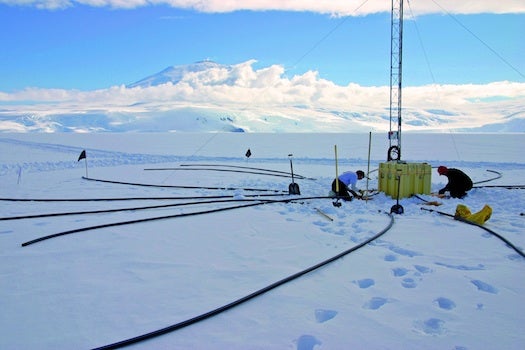Photos From 11 Of The World’s Coolest Nuclear-Monitoring Stations
How the Comprehensive Nuclear-Test-Ban Treaty Organization keeps an ear to the ground

The Comprehensive Nuclear-Test-Ban Treaty Organization recorded some of the first data indicating both the recent Russian meteor hit and the North Korean nuclear test. How’d it know so fast? The organization maintains 337 seismic, hydroacoustic, infrasound and radionuclide monitoring stations all over the world, to catch when someone sets off a nuclear explosion. Although built to monitor nuclear activity, the stations also gather data that can be used for tsunami warnings and for studies about volcanoes, climate change, whale migrations and other science, the organization says. What follows are photos of some of the stations’ coolest locales.
PHOTO GALLERY:
Click here to enter the gallery

TOWNSVILLE, AUSTRALIA

NOUAKCHOTT, MAURITANIA

KAMTSCHATKA, RUSSIA

ASCENSION, U.K.

SO THAT’S WHAT THEY WERE DOING THIS WHOLE TIME

WINDLESS BIGHT, ANTARCTICA

TORODI, NIGER

BILIBINO, RUSSIA

WAKE ISLAND, U.S.

CROZET ISLANDS, FRANCE

PALMER STATION, ANTARCTICA